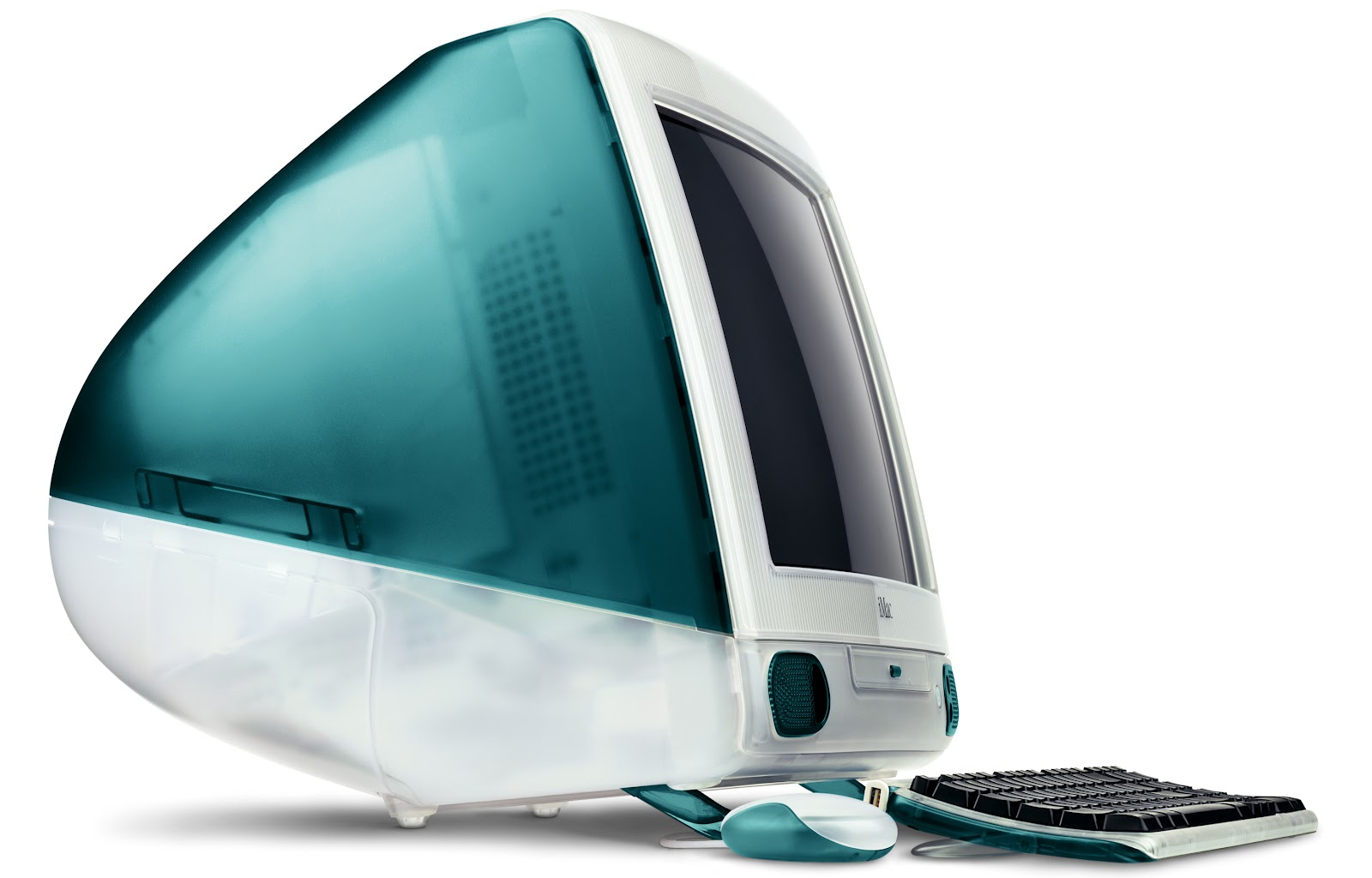It’s December and time to remember buying my first Mac. As a long-time Windows PC bigot I used to persecute the heck out of my wife and her coworkers. In the early 1990s, we worked at the same magazine, she as a graphic designer and I as an editor. I would tease the graphic designers, with great delight, about their Macs. I recall reading a University of Delaware study that found Mac users to be 40 percent less productive than PC users. Oh, how I taunted the graphic designers with that information!
So it was with strange compulsion I walked out of a CompUSA in early December 1998 carting an iMac (and free 13-inch color TV, which my daughter uses today). The iMac’s alluring design and blue cool color (OK, more like teal) won over my curiosity.
Apple advertised 10 minutes from opening the box to getting on the Internet. That promise proved true despite my convoluted Internet connection. The 10-minute calculation was based on using a phone line and dialing up to the Internet. I had 128kbps ISDN (screaming speed for its day), which meant hooking up to the network connector and configuring TCP/IP.
I had never used a Mac before, but the interface must have been as intuitive as Macheads claimed, because I unboxed the iMac, setup it, booted to Mac OS 8.5, configured TCP/IP for my ISDN line, and connected to the Internet in less than 10 minutes.
While the iMac’s design was the initial allure, Mac OS 8.5 is what hooked me on the Mac. Windows 98 regularly crashed on all my machines and regularly unleashed from my mouth a torrent of curses. Windows NT brought stability, but hardware and software compatibility created enormous problems.
Mac OS 8.5 was a great compromise. The operating system took a pretty heavy load without crashing, ran all the applications I needed (including all my daughter’s educational and edutainment software) and offered terrific multimedia–what’s now called digital media–features. Within a day of purchase, the iMac replaced a Windows 98 PC as my main computer.
And I joined the ranks of persecuted Mac users.
